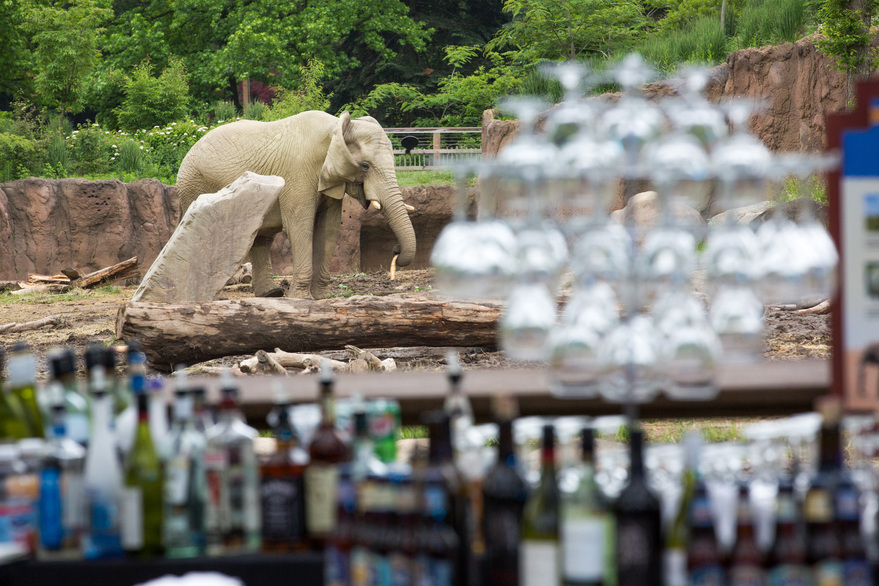ASK THE EXPERT: Do the animals react to evening events at the Zoo?
Posted on Wednesday, December 16th, 2020
This is actually a topic of a lot of ongoing conversation among the animal care and conservation and science research teams.
− Andi Kornak, Deputy Executive Director and Director of Animal and Veterinary Programs

For the past few years, some of Cleveland’s most popular evening events have been those at your Zoo. Asian Lantern Festival routinely draws more than 150,000 people each summer. This year, Wild Winter Lights returns and ticket sales have been strong. And 2020 also saw the introduction of “cruise” nights at both of these events, with a drive-through option on some evenings.
We know that guests are enjoying these events based on strong attendance and ticket sales, but what do the animals think?
“This is actually a topic of a lot of ongoing conversation among the animal care and conservation and science research teams,” said Andi Kornak, Deputy Executive Director of the Zoo. “In fact, for the past year we’ve been conducting some observational studies of some of our animals during these events to see if there are any obvious effects on their behavior or habitats during the evening.”
The animal care staff often collaborates with the conservation and science research team to observe, study and discuss important topics like animal diets, sleep patterns, animal husbandry and breeding and more, Kornak said. You might even have spotted a graduate student researcher or Zoo volunteer observing animals with an iPad on one of your visits. The Zoo is currently working on studies involving several bear species, giraffe, rhinos and more with the goal of learning how our animals use their habitat, food and enrichment items.
During nighttime events, most animals still have the choice to go outside throughout the night – and many do. The tigers can also be found snoozing in overhead tunnels during Twilight at the Zoo, and in warm summer weather the elephants can be caught having a late night snack during Asian Lanterns.
The Zoo continues to monitor these evening events, and the animal care team discusses the impact frequently. “All of our research is done to establish the most optimal environment for our many species,” said Kornak. “The growth and popularity of our special events is an area we’re celebrating for the guest experience and revenue, and also studying to be sure our welfare standards remain top notch.”


